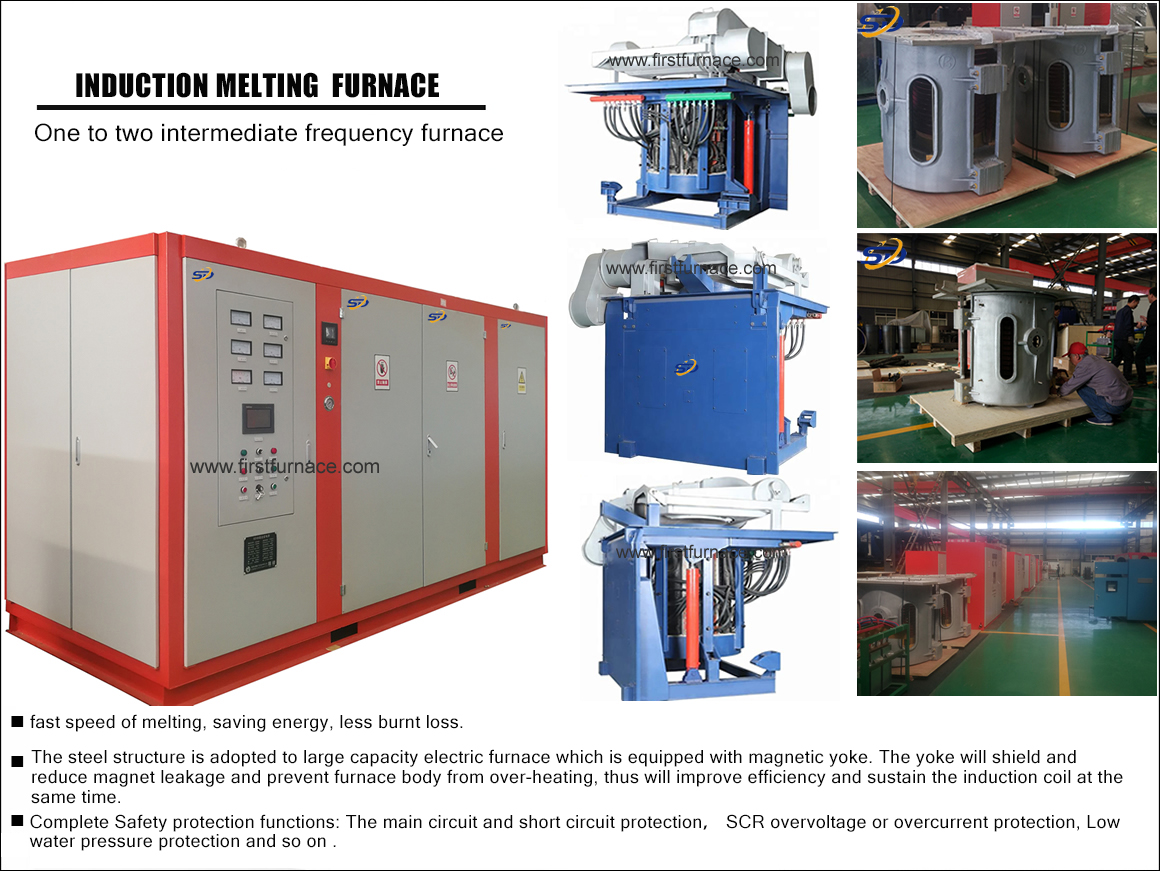Sales hot line ( 24 hours service): 18037961302
E-Mail: firstfurnace@gmail.com
whatsapp:+8618037961302
Adress: Luoxin Industrial Park, Luoyang, HenanLarge diameter steel pipe quen
Piston rod quenching and tempe
Grinding rod quenching and tem
High frequency induction heate
Quenching equipment for machin
Round steel end heating furnac
Steel pipe heat treatment prod
Square steel quenching and tem
Sucker rod quenching and tempe
Thickened petroleum steel pipe
Round steel quenching and temp
Steel pipe quenching and tempe
Steel plate quenching and temp
Induction Hardening Machine&nb
Flywheel ring gear high freque
How to choose the power and frequency of the induction melting furnace ?
In general, the smelting speed and the metal to be smelted are determined in advance, and the required smelting speed determines the required power. Based on experience, the following estimation principles can be obtained:
|
Metal name |
Power (KW/T/h) |
|
iron |
500 |
|
steel |
600 |
|
brass |
350 |
|
aluminum |
600 |
When a certain amount of power is input to the furnace, a current is induced in the molten metal to heat the metal. At the same time, due to the electromagnetic force, once the metal is melted, the movement of the liquid metal occurs. This stirring motion from the center of the bath, move to the ends of the coil, since the metal bound by the furnace wall and the furnace bottom, so the final movement is always upward, a hump formed at the top of the furnace tank. The most convenient way to express this agitation intensity is to use the ratio of the hump height to the diameter of the weld pool. If the hump height is one unit and the weld pool diameter is ten units, then:
H/D = 1/10 = 0.1
From experience, the most suitable mixing intensity is:
|
Metal name |
H/D value |
|
iron |
0.125-0.2 |
|
steel |
0.07-0.125 |
|
brass |
0.07-0.15 |
|
aluminum |
0.035-0.5 |
In order to uniformly distribute carbon, iron requires a relatively high agitation strength. Generally, carbon and silicon are added in the final stage of smelting. Since the elements are relatively light, relatively strong stirring is required. There is a direct correlation between the stirring strength and the reduction ratio of carbon and silicon. If the mixing is insufficient, A large portion of carbon and silicon form slag.
For iron, a good reduction rate of 95% and silicon can reach 78%. However, if the agitation is insufficient, this percentage will drop rapidly. For iron, it will be less than 80% and silicon will be less than 60%. During the smelting process, the required agitation intensity is much smaller. Since steel is usually cast at a relatively high temperature, it is very easy to oxidize. The higher the agitation strength, the more severe the steel is exposed to the surface in contact with the atmosphere. At the same time, if the agitation strength is too high, the lining will be eroded very rapidly.
Also, brass has oxidation problems during the smelting process, so it is recommended to use a lower stirring strength.
For molten aluminum, there is a large range of agitation strength, and the molten aluminum water is easily oxidized, and at the same time, it is easy to be hydrogenated as the agitation increases. Therefore, it is generally recommended that the molten aluminum be used for lower agitation. strength. However, for the formation of the alloy composition, agitation is necessary, and some forms of charge are smelted and agitation is also required. If, when a very thin metal charge is added to the furnace, it is easily oxidized to form slag before it is melted. In order to overcome this problem, the metal charge is often broken into small particles like rice grains, and then they are directly placed in a very vigorous stirring. In the molten pool, the agitation intensity can reach an H/D ratio of 0.5, and in this way, the degree of oxidation is still much smaller than that of the sinter block charge, especially when such charge is in the form of an ingot. Because, when the ingot is cooled, the hydrogen therein forms bubbles, and when it is remelted, a burst occurs.
Let us look at a typical system 5 tons 3000KW furnace:
At 200 Hz, the agitation intensity has an H/D ratio of almost exactly 0.2, at 300 Hz, 0.17, 0.13 at 500 Hz, 0.11 at 700H, and 0.4 at 50 Hz.
It can be compared that when the frequency is between 200 Hz and 500 Hz, the H/D value will fall within the recommended range of 0.125-0.2. However, the lowest frequency in the range is usually selected to improve the carbonization effect.
If we use 0.2 as the recommended value for the agitation intensity, then the power configuration needs to be adjusted for each frequency value to suit this frequency.
For users, especially for manufacturers, using higher frequencies, greater rated unit power has some advantages. In intermittent smelting, between two heats, the furnace is completely emptied, and it can be seen that higher frequencies produce faster melting rates. This is because at the beginning of the smelting, the entire molten metal to be melted is composed of a small charge.
Due to problems such as the feeding method, in general, the feeding density is only 1/3 of the furnace capacity. In other words, the entire charge contains 2/3 of the air. At this time, the electrical charge is a very poor load to the furnace. When the power is input, the individual pieces of material are arced and welded together, and the entire charge is electrically formed into a large piece, thereby improving the efficiency of the furnace. The speed of the arc lap welding between a single small charge depends on the frequency, and the use of higher frequencies has its advantages here.
However, if the furnace is not emptied to leave a small portion of the molten metal at the bottom of the furnace, the disadvantages of using lower frequencies can be easily overcome.
In order to match the high frequency, a larger power rating is required, which leads to some disadvantages:
Generally, when the metal reaches 1350 ° C, the carbon equivalent analysis is performed, and it takes about 5 minutes for the test and composition adjustment, and it takes 5 minutes for the carbon and silicon to be uniformly distributed in the liquid metal.
When the power is 3000 KW, the rate of superheating is about 31 ° C per minute. From this point, the curve rises almost linearly to a point. When the power is 5500 KW, the heating rate is about 57 ° C per minute. For example, if the carbon equivalent analysis is carried out at 1350 ° C and the pouring temperature is 1500 ° C, the target temperature can be reached in 4.8 minutes when the power is 3000 KW, but when the power is 5500 KW, it is highly possible to add the component adjusting element to reach the target. It is not possible to penetrate evenly into liquid molten iron before temperature.
In production, poor feeding methods and operator negligence are common phenomena, so at very high power, there is a risk of accidents due to the bridge of the furnace charge.
If the charge in the lower part of the furnace is melted to form relatively little liquid metal, and the upper charge is connected together, so that the upper cold material cannot enter the lower liquid metal, the temperature rises at a lower rate due to the lower amount of liquid metal in the lower part. Much larger than the one mentioned above.
The metal temperature rises very quickly to the melting point of the furnace lining, so that the phenomenon of wearing the furnace can occur.
With very high power density, it is necessary to use an automatic feeding system, which will greatly increase the engineering cost. The following are the recommended furnace power rating configurations (iron and steel):
|
Furnace capacity (T) |
Power range (KW) |
|
1 |
500-750 |
|
2 |
1000-1500 |
|
3 |
1500-2000 |
|
4 |
1750-2500 |
|
5 |
2500-3000 |
|
6 |
3000-4000 |
|
8 |
4000-5000 |
|
10 |
5000-7000 |
|
12 |
6000-8000 |
|
15 |
8000-10000 |
The following is the recommended minimum furnace holding capacity:
|
3/4T |
400KW |
|
5/6T |
600KW |
|
8T |
750KW |
|
10T |
1000KW |
|
12T |
1250KW |
|
15T |
1500KW |
Note: The power level of the holding furnace is determined by the minimum power required to sinter the lining.

Iron induction furnace
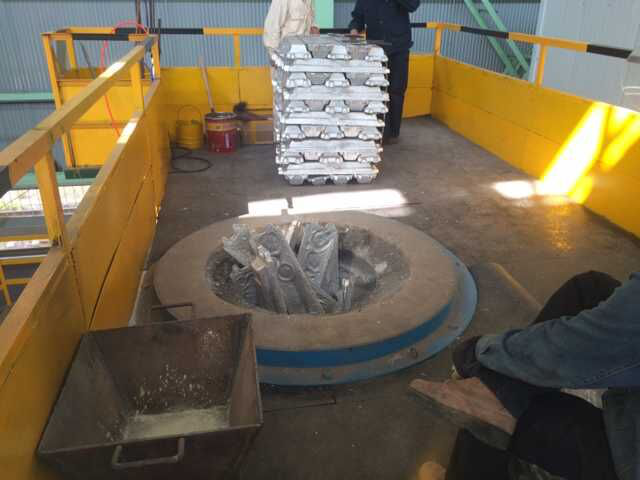
Aluminum melting furnace

Copper melting furnace
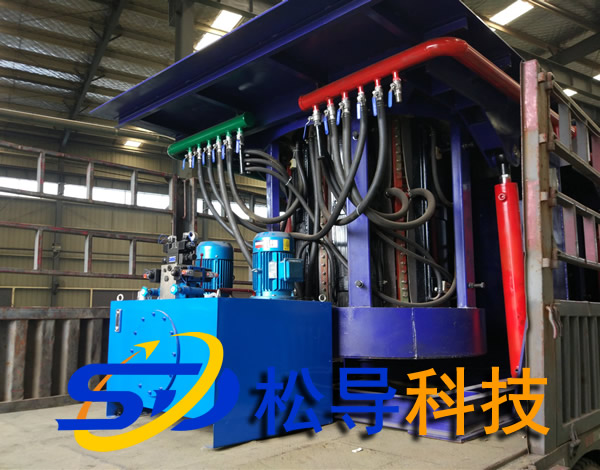
Small steel melting furnace
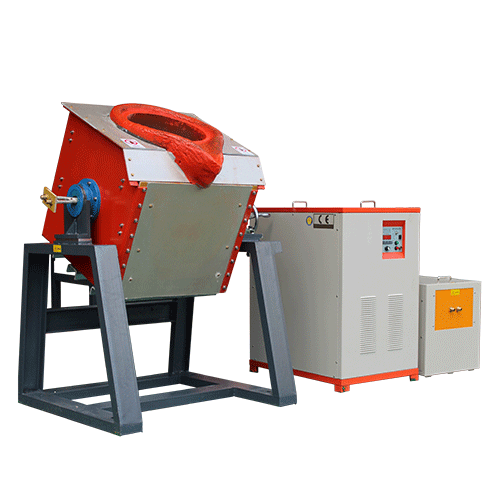
Small induction melting furnace
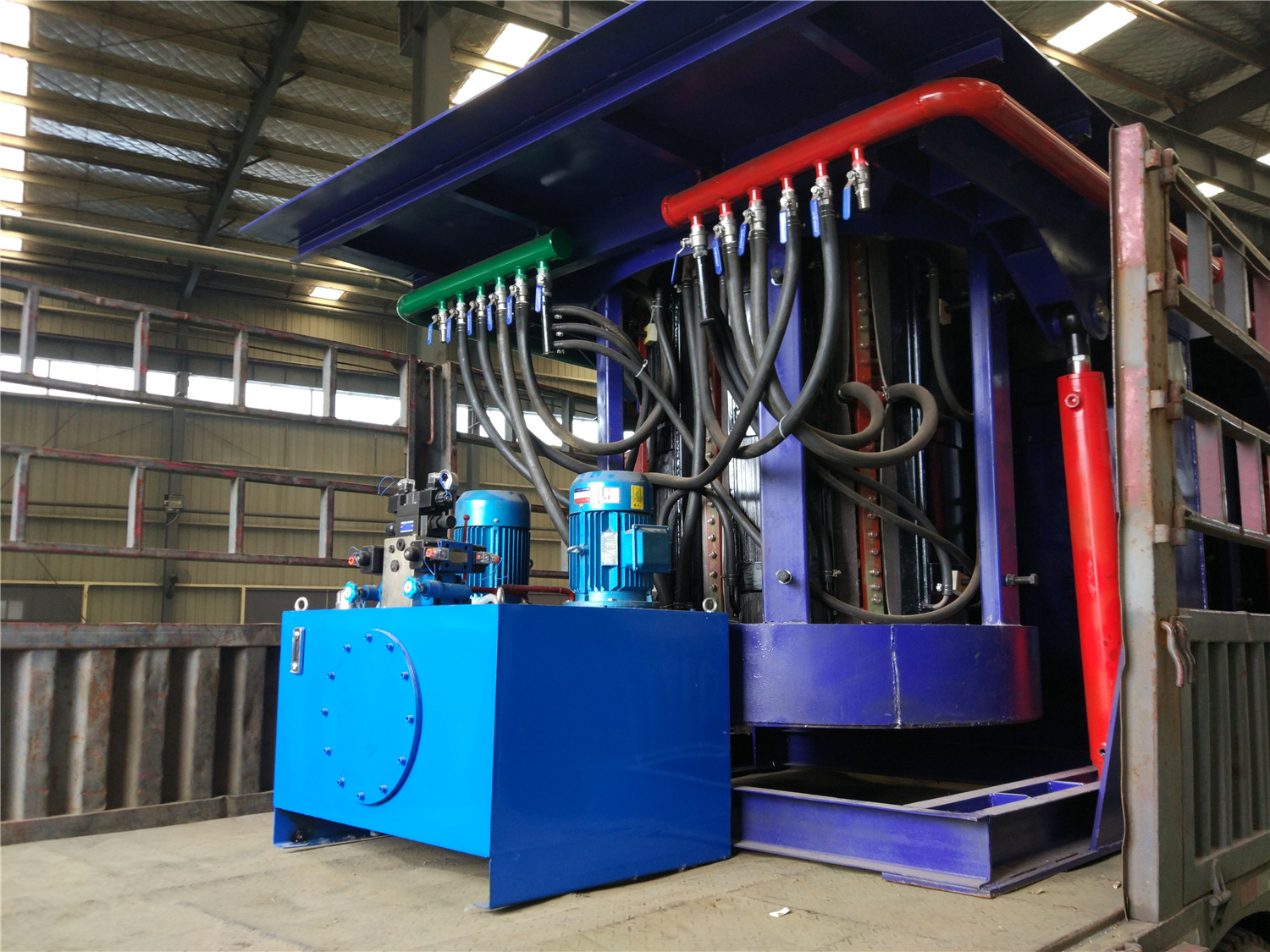
Induction iron furnace
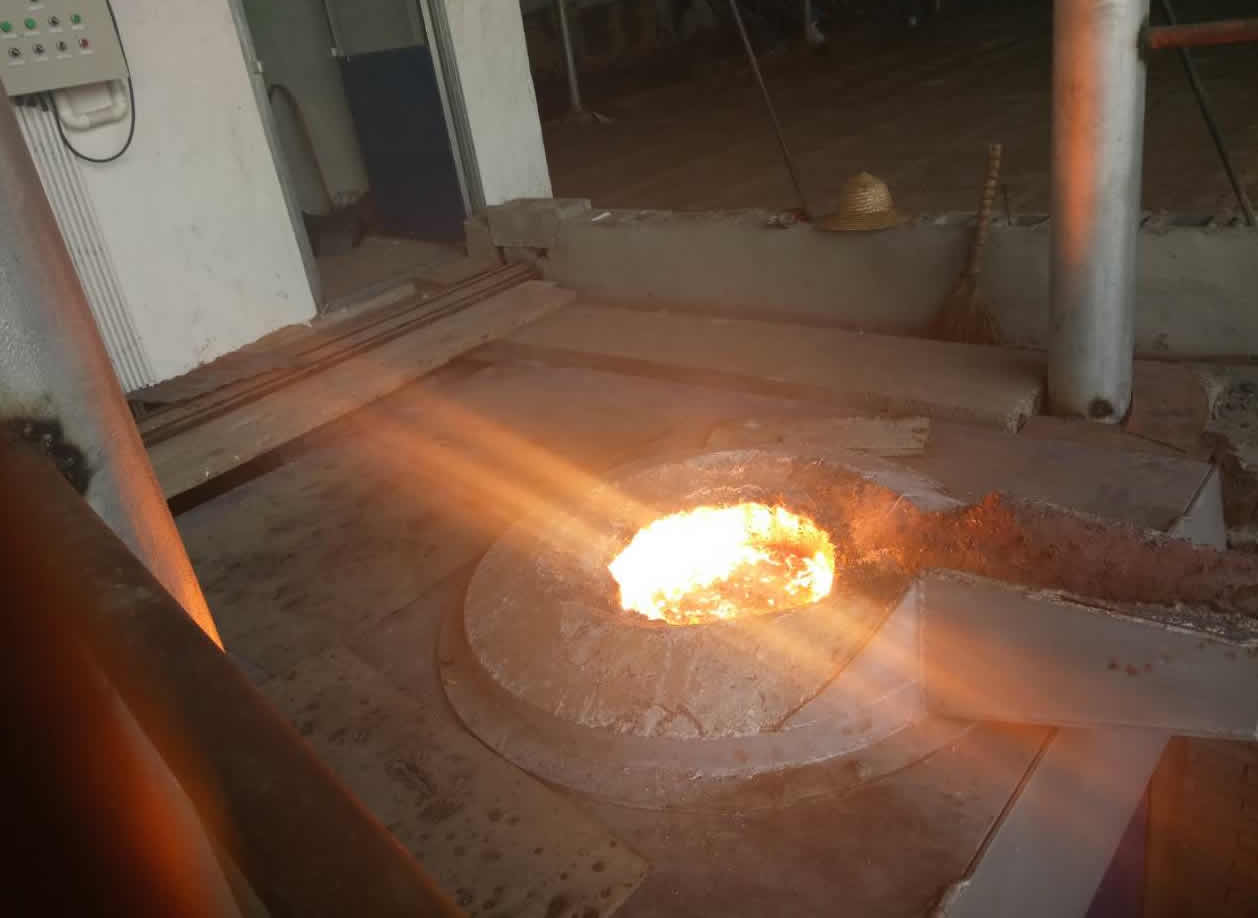
3T intermediate frequency iron melting f
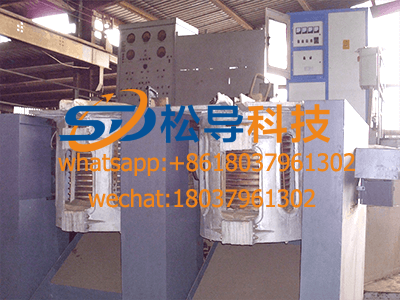
0.25T Intermediate Frequency Furnace
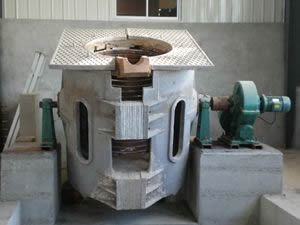
0.5T Intermediate Frequency Furnace
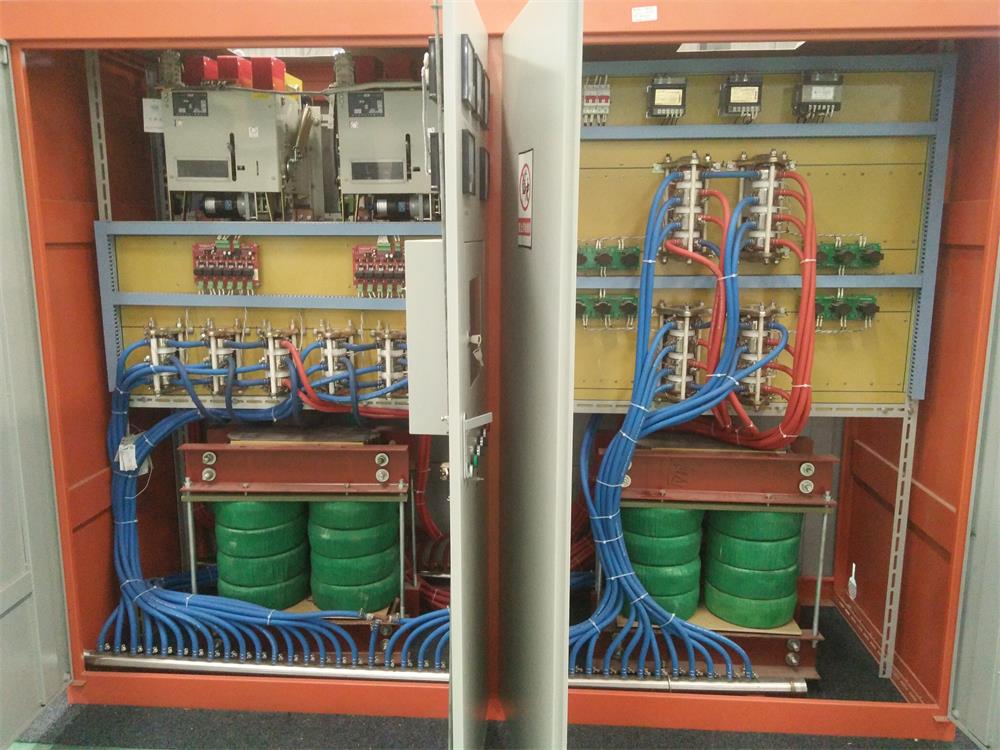
Medium Frequency Furnace

2T Induction Melting Furnace
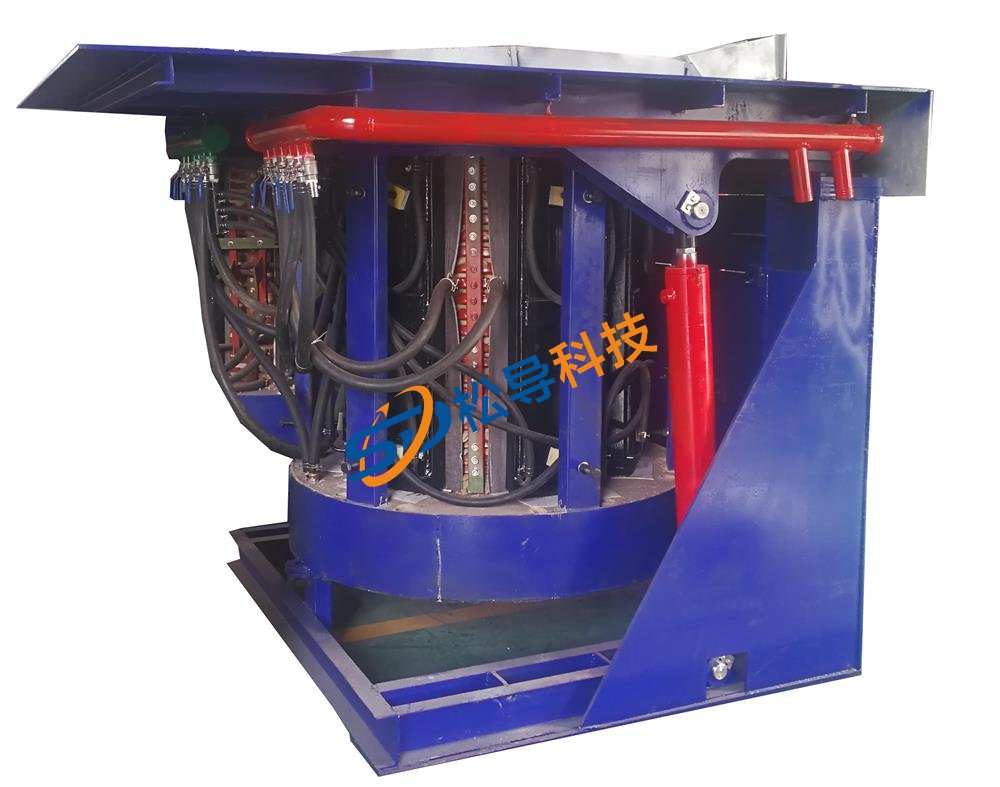
1T Induction Melting Furnace
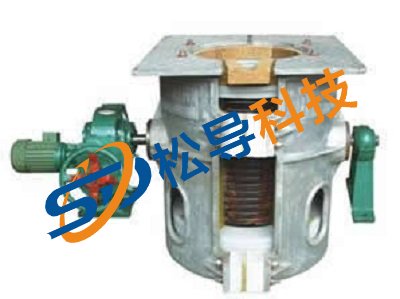
500kg Induction Melting Furnace
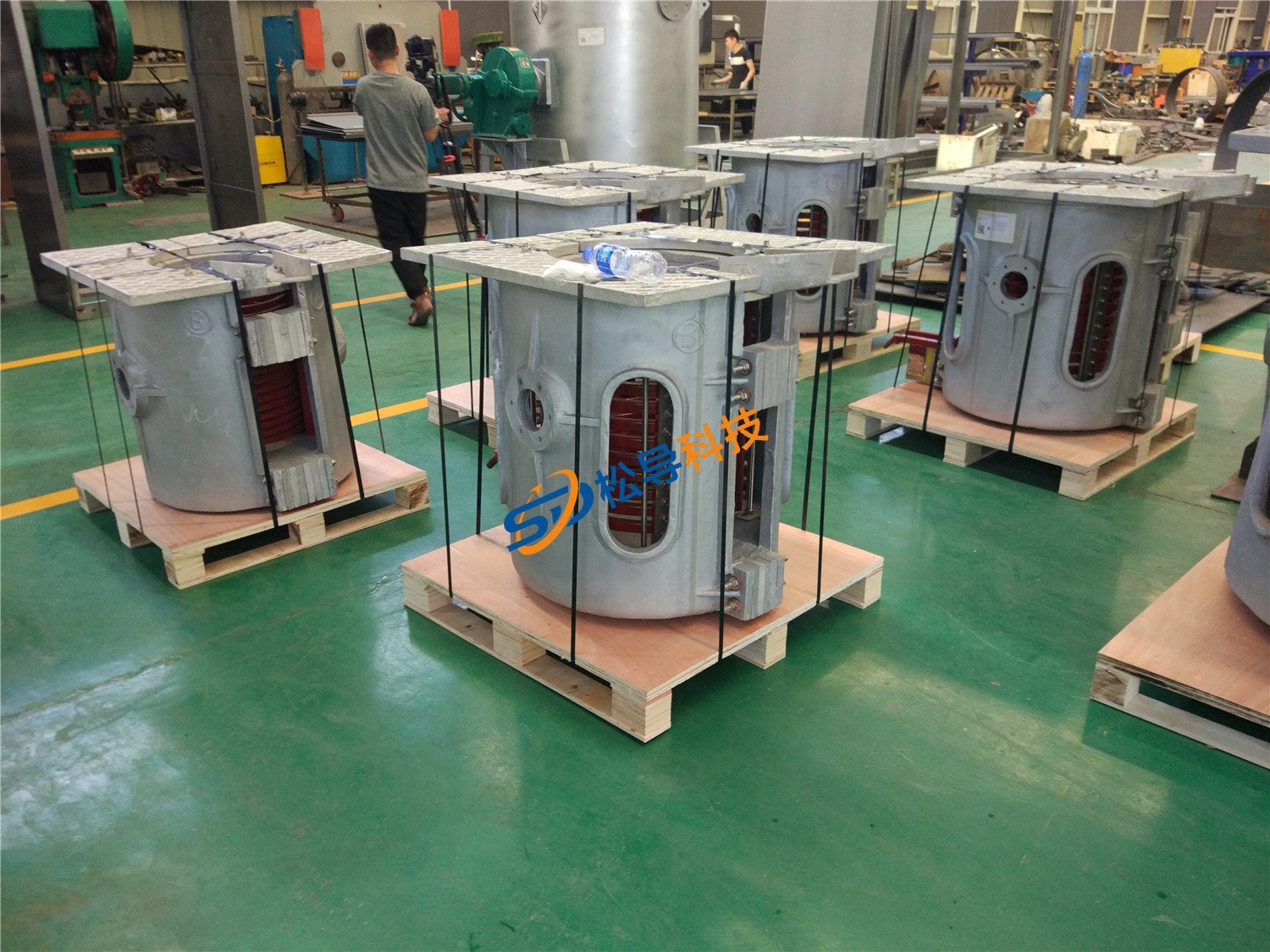
250kg Induction Melting Furnace
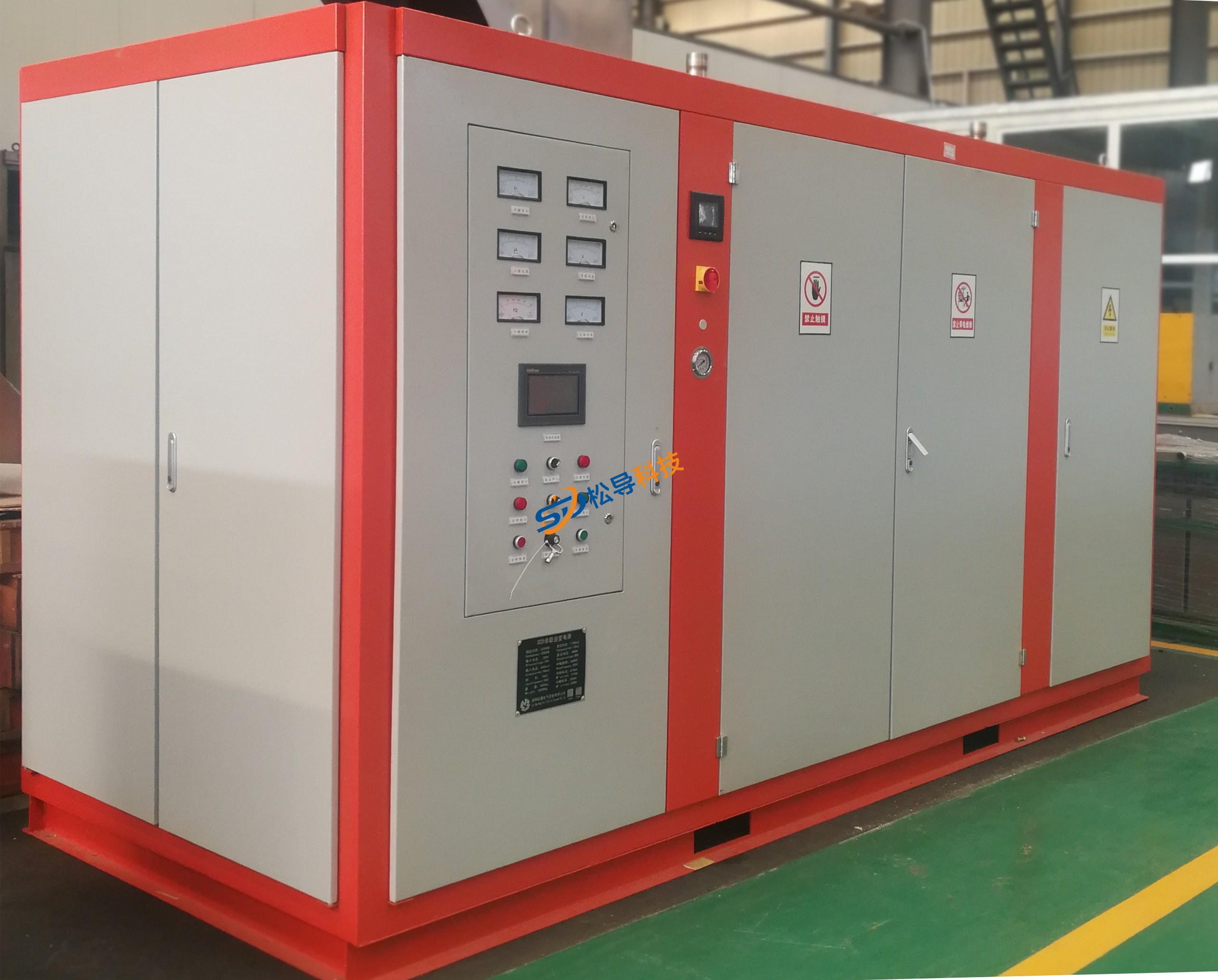
Induction Melting Furnace
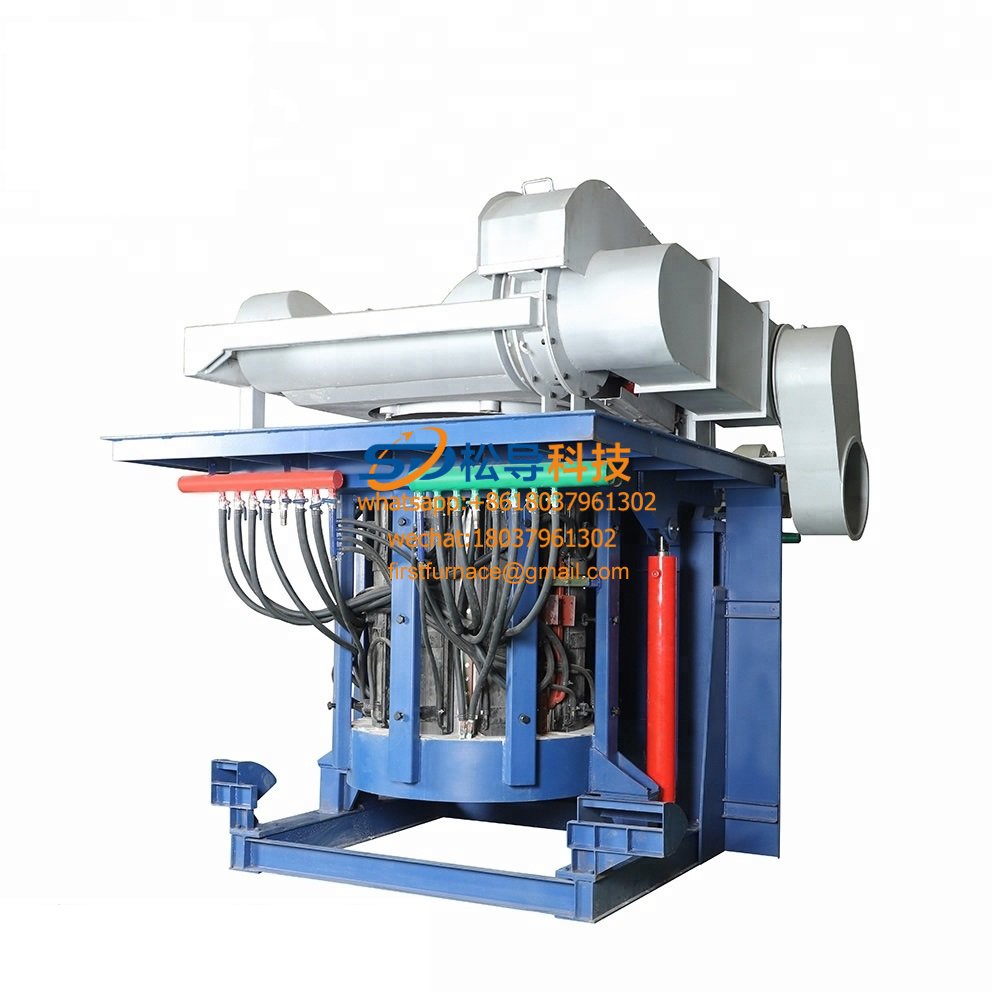
3 T Induction Melting Furnace
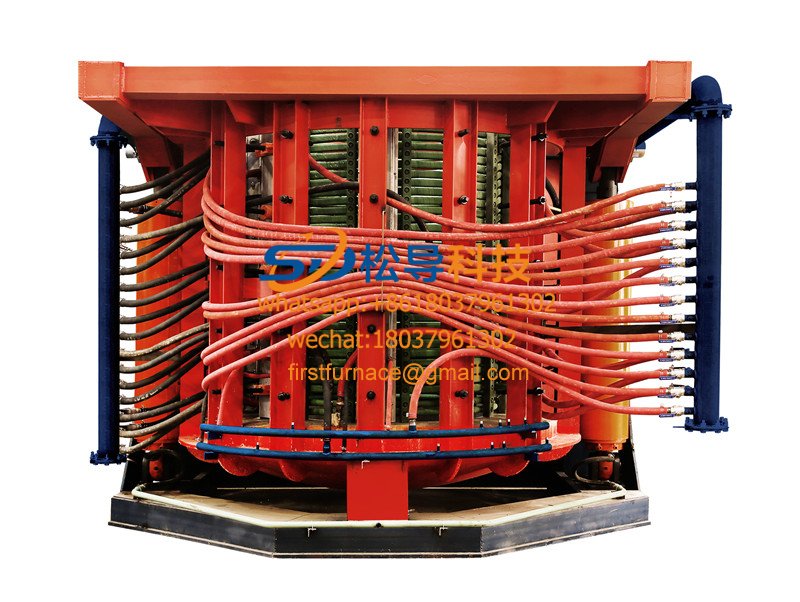
5T Induction Melting Furnace
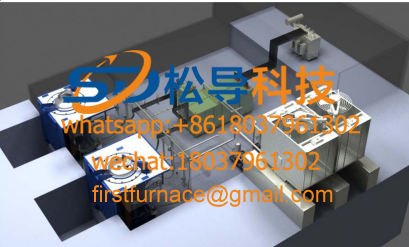
1T One Belt Two Intermediate Frequency F

5T One Belt Two Intermediate Frequency F
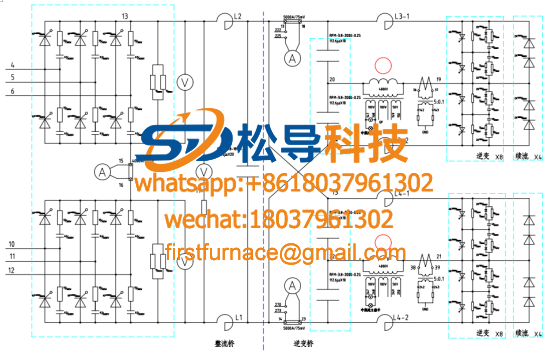
3T One Belt Two Intermediate Frequency F
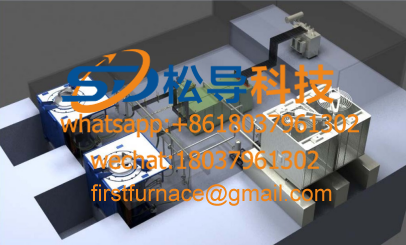
2T One Belt Two Intermediate Frequency F
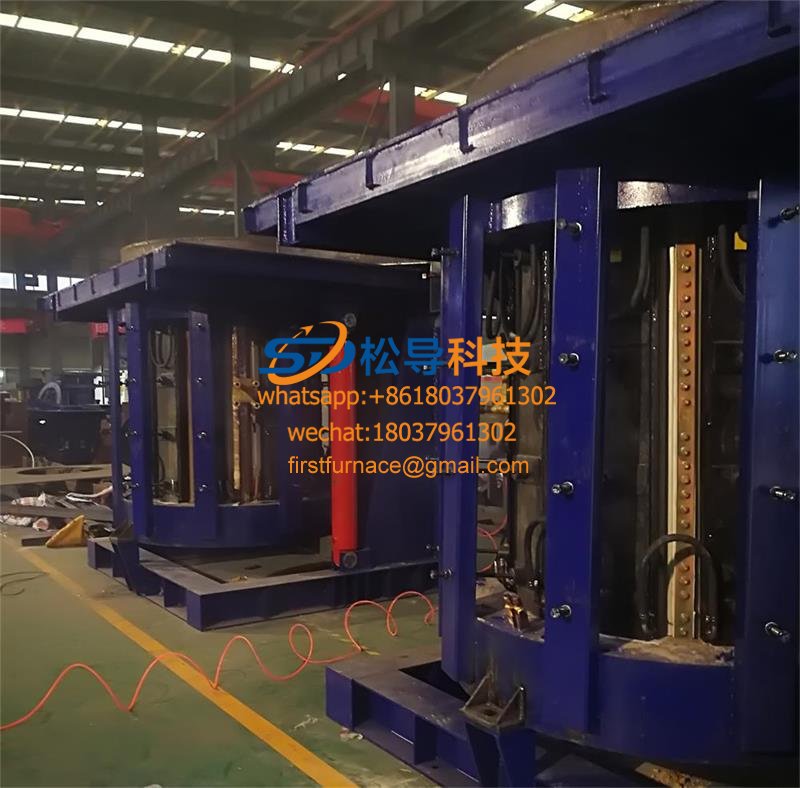
5T Parallel Intermediate Frequency Furna
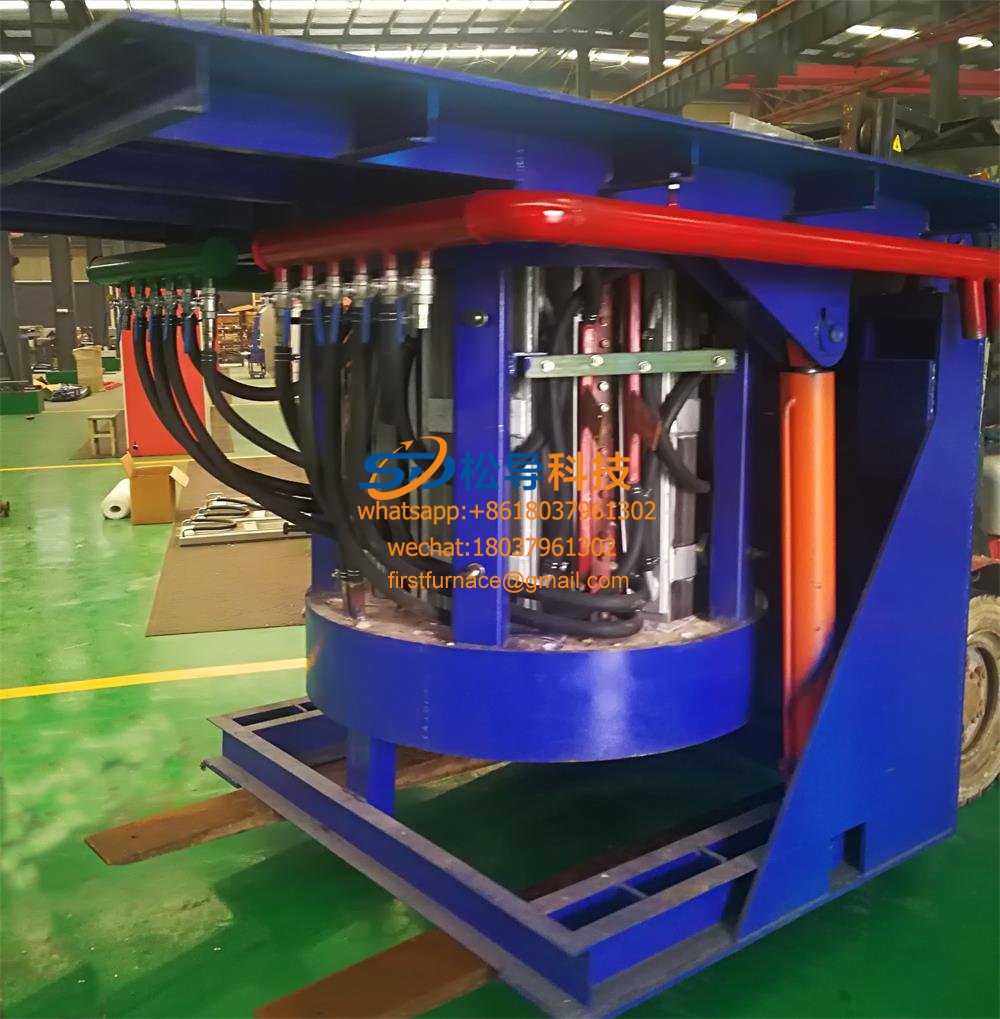
5T Intermediate Frequency Furnace

5T Series Intermediate Frequency Furnace
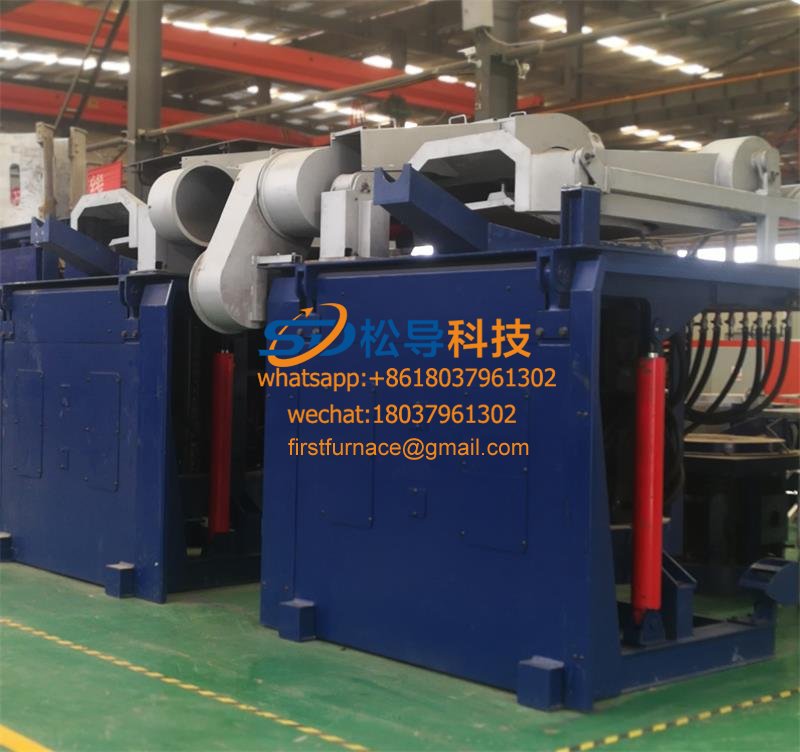
3T Series Intermediate Frequency Furnace
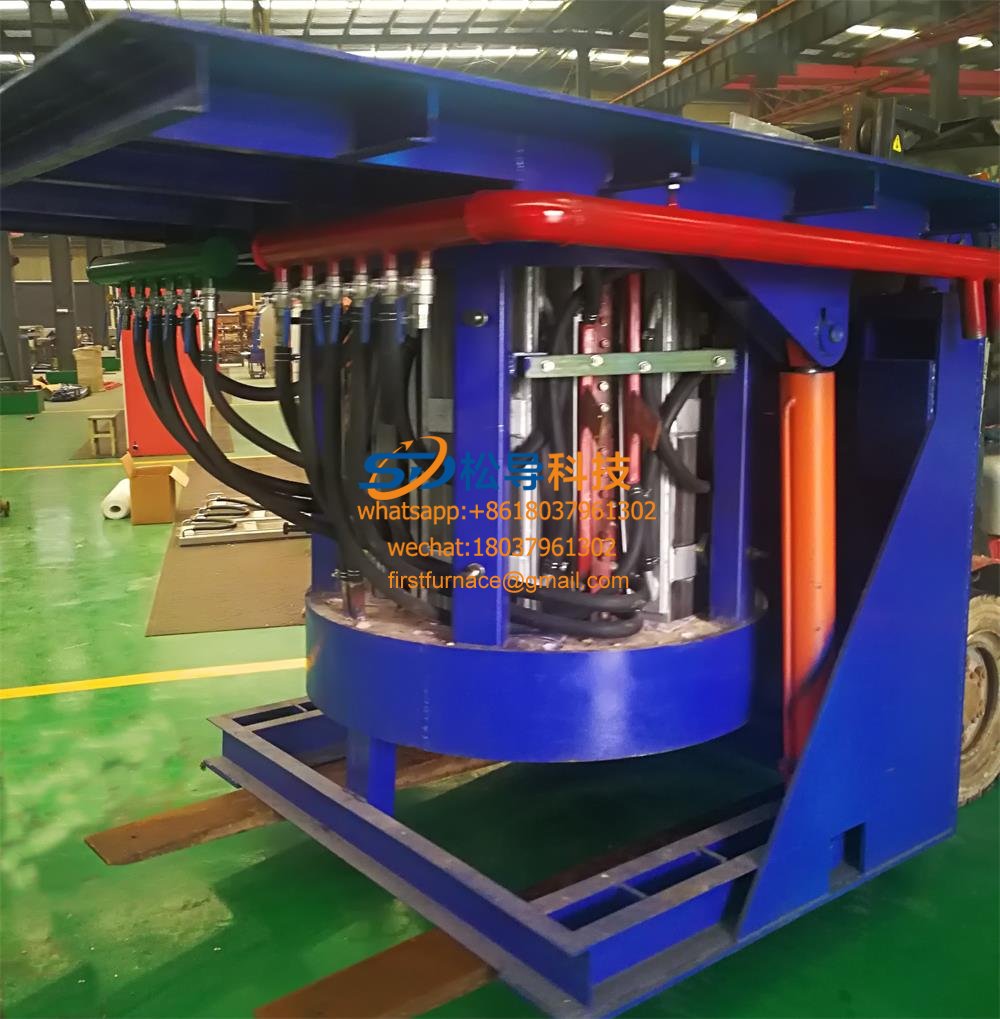
2T Series Intermediate Frequency Furnace
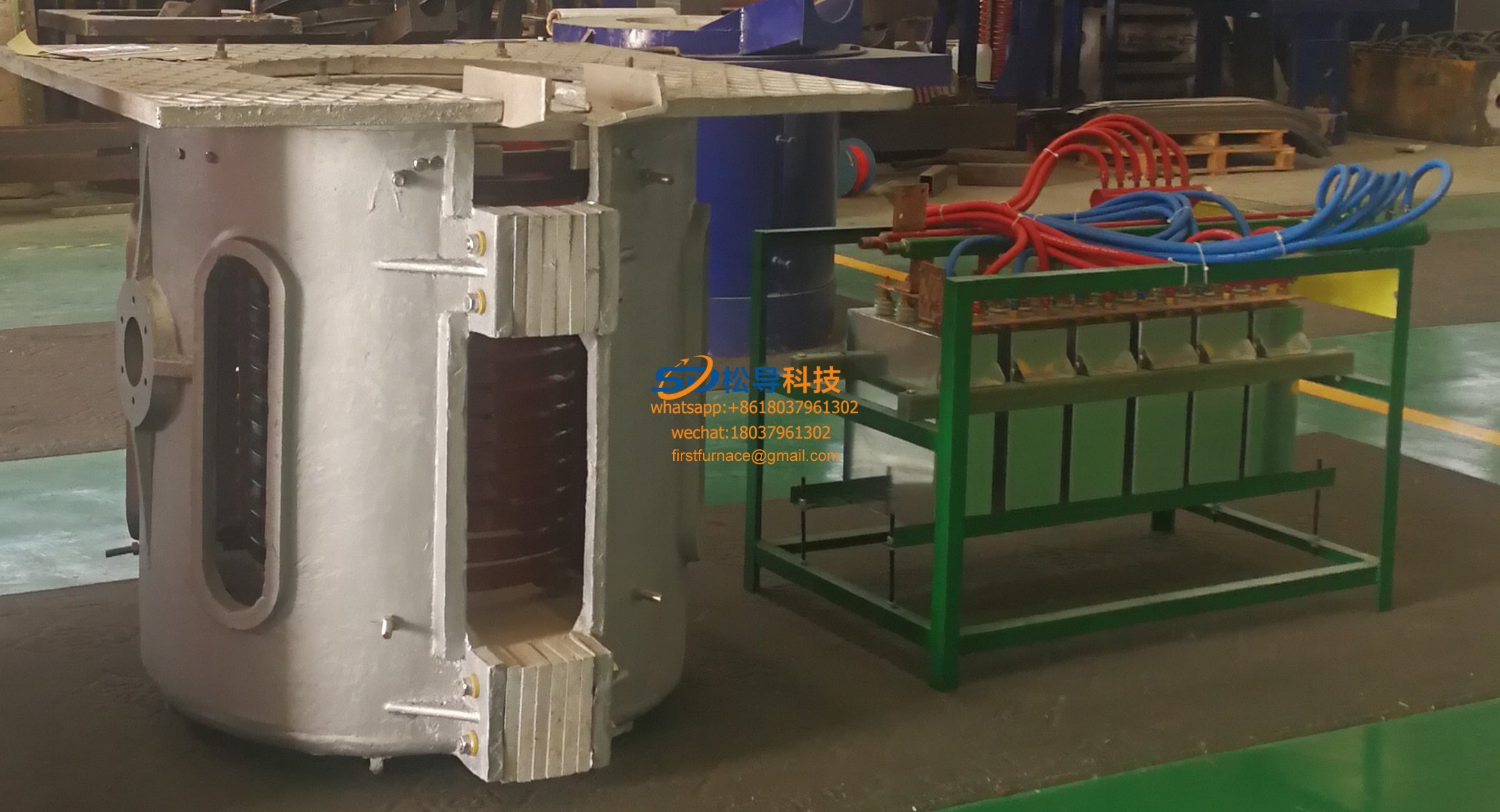
1T Series Intermediate Frequency Furnace
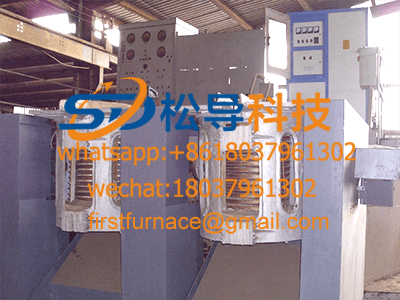
0.5T Series Intermediate Frequency Furna

0.25T Series Intermediate Frequency Furn

1T Parallel Intermediate Frequency Furna
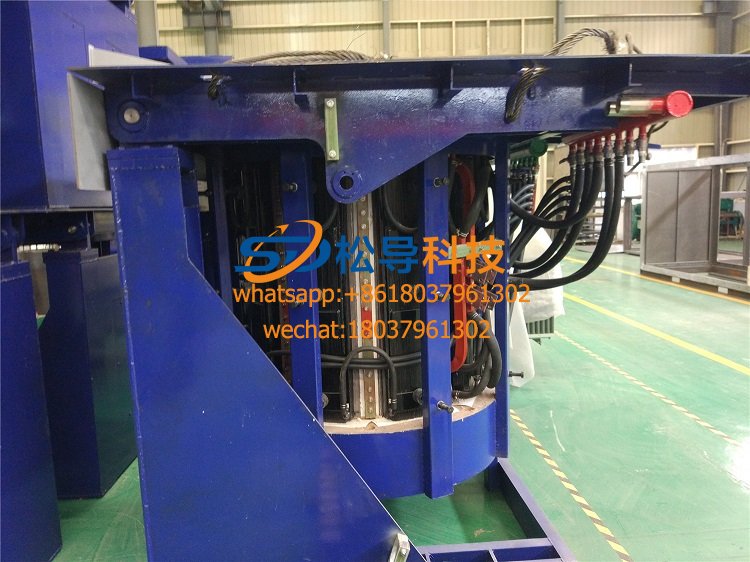
2T Parallel Intermediate Frequency Furna
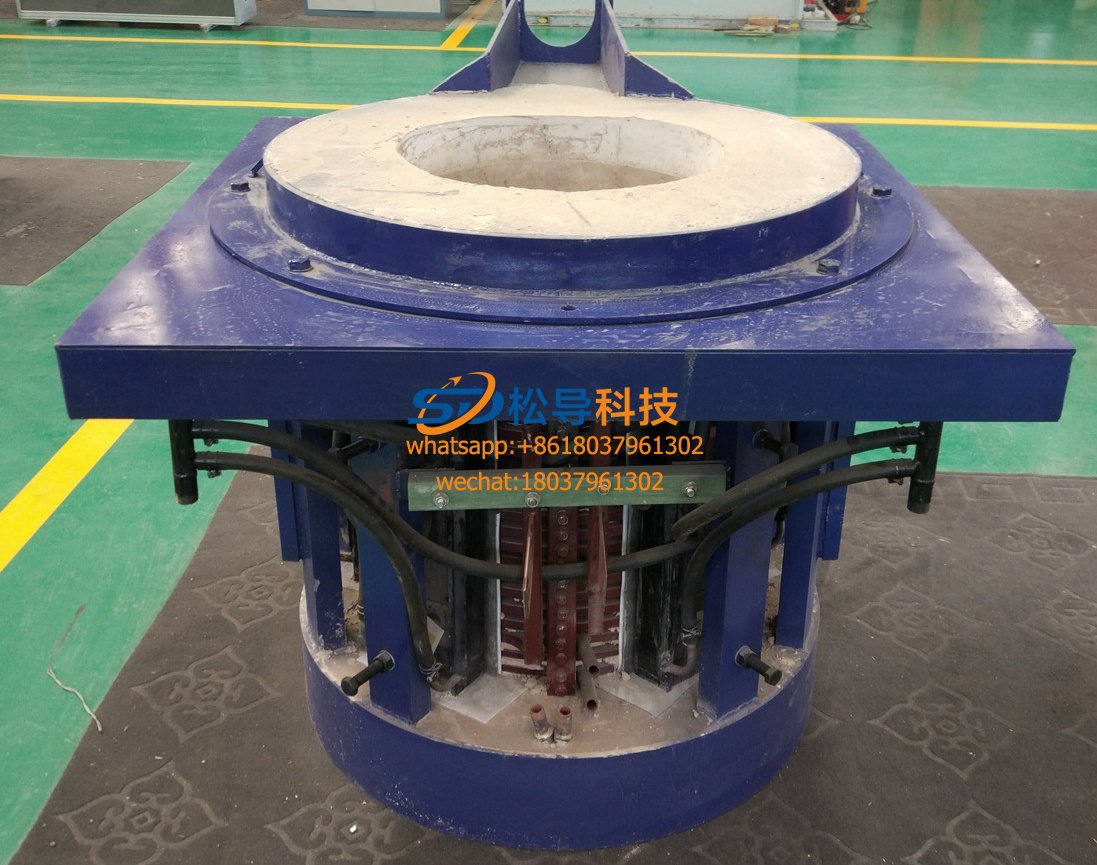
0.5T Parallel Intermediate Frequency Fur






